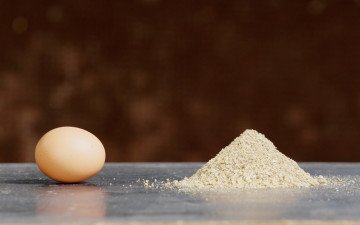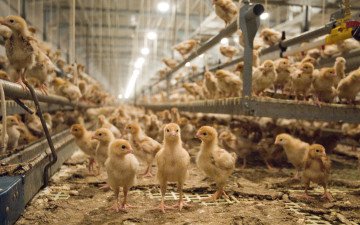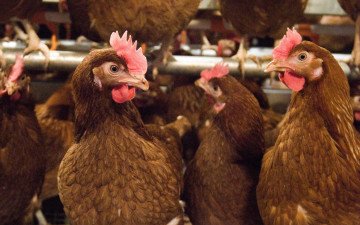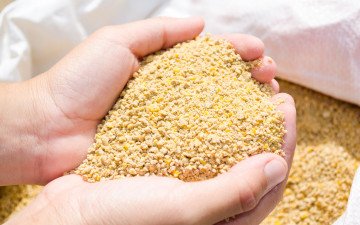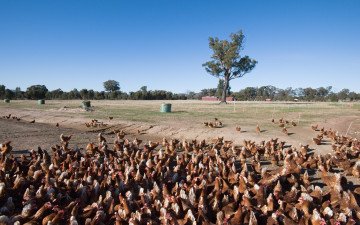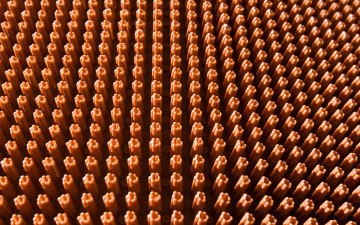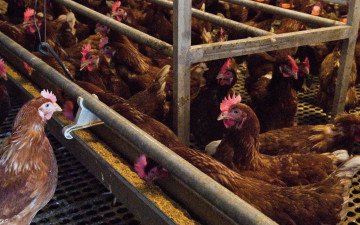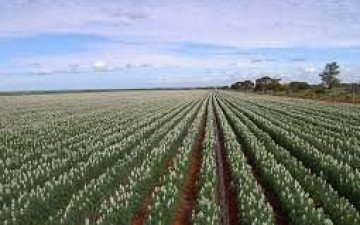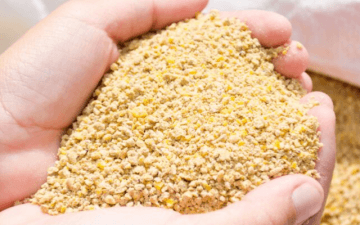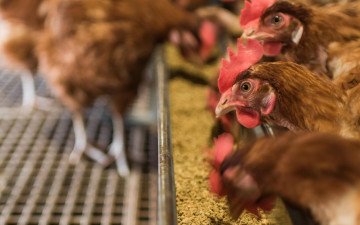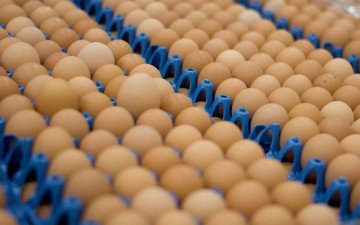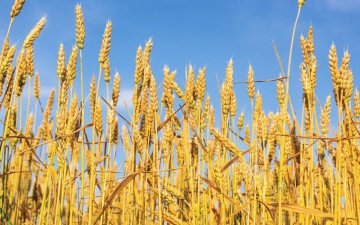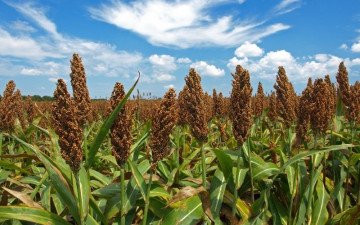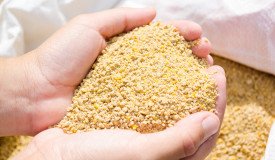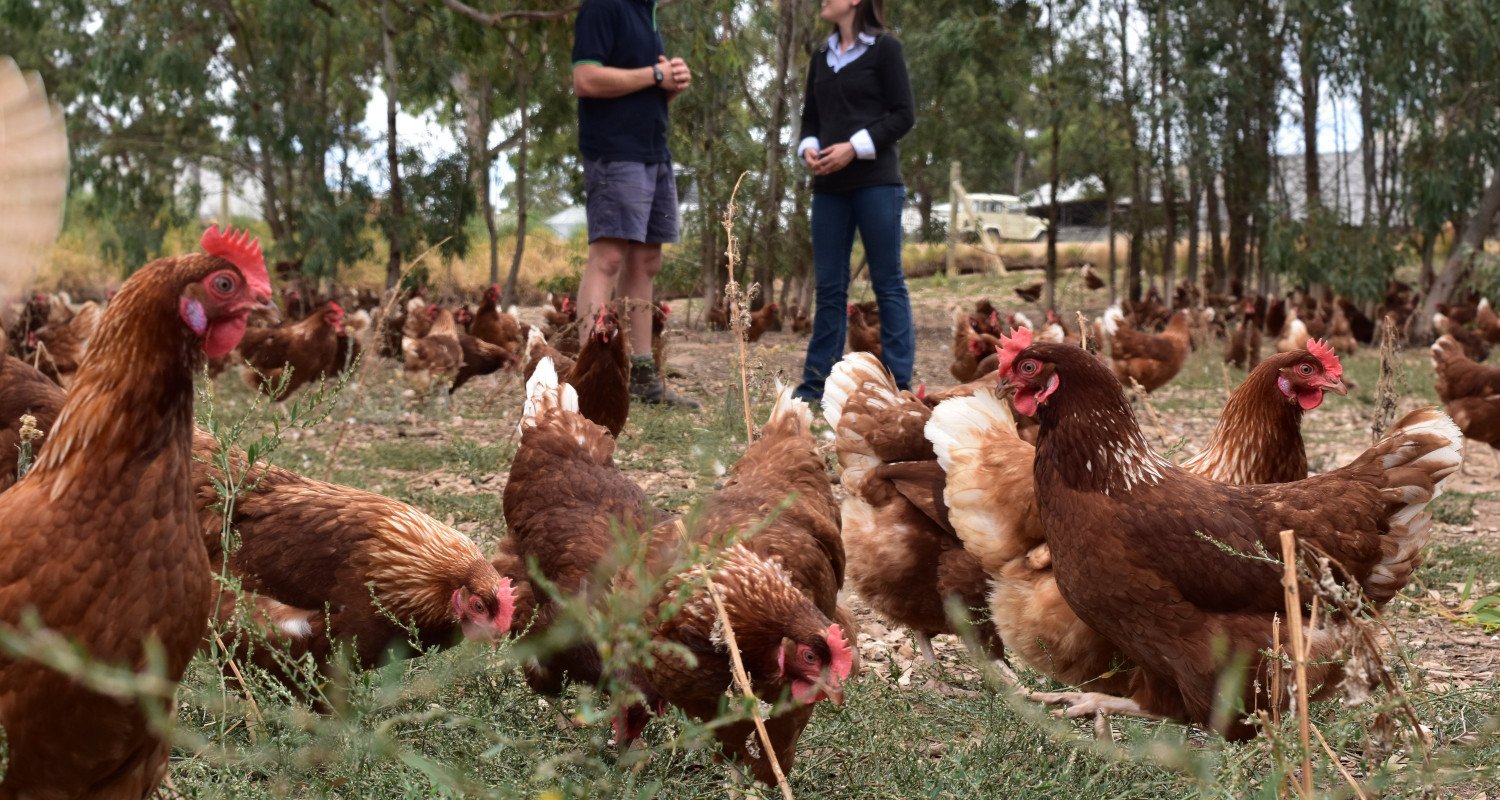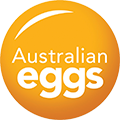
Leading Research: in Feeding & Nutrition
Precision formulation of diets for laying hens can lead to significant cost savings to farmers through improved feed efficiency and better quality eggs. Investment in R&D will enable the development of practical nutritional management strategies which can be applied at a production system level to improve flock feed efficiency and egg quality.
The security of feed grains at economically viable prices is also important to egg business and will be pursued through cross-sector research collaboration. The outcomes of this investment will be to improve egg quality and reduce costs to egg businesses.
Key Resources
Current Research

Updating grain apparent metabolisable energy (AME) database
Energy is the most expensive component of diet for laying hens.
Optimising reduced-protein diets for an efficient and sustainable layer production
This project addresses the knowledge gap of the optimisation of reduced protein diets, by exploring the
effects of dietary enzyme inclusion on the production performance of laying hens fed reduced-protein
diets.
Managing pullets for extended layer life, improved productivity and shell quality
The aim of this project is to understand how different lighting regimes and diets during rearing, either used singularly or together, can improve flock uniformity, egg production and persistency of production, egg size and egg quality, from 16 to 90+ weeks.
Completed Research

Nutritional strategies for managing pullets and improving late lay egg quality
This project indicated that feeding pullets a high nutrient density diet during rearing improved late lay eggshell quality. Lighter pullets, fed a high nutrient density diet in rearing had a lifelong better FCR, compared to heavier pullets.

Barriers to the implementation of Max- profit and Stochastic models to industry
This research found that more resources and education may be needed to help nutritionists implement Stochastic and Max- profit feed formulation in the Australian layer industry.

The economics of layer diet amino acid levels throughout lay
With feed costs high and egg prices volatile, its important to explore alternate ways of maximising profits, which may mean challenging traditional production practices. Although formulating a layer diet which meets nutritional requirements at the lowest possible cost seems to make sense, there are alternative ways of formulating diets which can lead to greater profits.

Nutritional management of free range laying hens
Building on previous research, this project further investigated the preferences of individual hens to use the range. Using RFID technology, this project indicated that there are linkages between a hen's preference to use the range and health and performance throughout life.
Separate feeding of calcium for poultry
This series of studies investigated the presence and extent of an ‘appetite’ for an extra-dietary source of Ca in laying hens and established the optimum Ca and P concentrations and ratios of dietary Ca for optimum egg production and nutrient digestibility.
Pullet and layer flock uniformity: an epidemiological industry-based approach to improve feed efficiency
Benchmarking of flock uniformity and performance regarding persistency and longevity of lay achieved

Available phosphorus requirement of laying hens
Two experiments were conducted to determine the available phosphorus (AP) requirement of laying hens and to examine the effect of different dietary AP and calcium (Ca) concentrations on egg production and egg shell quality from the start of lay to 80 weeks of age.

Reducing the use of animal by-product meals in layer diets
Economic constraints and public concerns have compelled the poultry industry to increasingly use a range of cheaper, alternative plant-derived feedstuffs in feed formulations and eliminate the use of animal by-product meals.

Legumes for poultry: Improvement of lupins and lathyrus for broilers and egg layers by enzyme treatment
This research is aimed at making locally-produced legumes, lupins and lathyrus, acceptable substitutes for expensive imports such as soybean meal or animal-protein meals for inclusion in poultry diets.

Energy requirements of imported layer strains
This study aims to determine the required energy intake of layer hen strain in terms of dietary energy concentration, feed intake, egg output, body weight and body fat content, in order to design diets that are nutrition and cost effective.

Inflammatory response to diet in the hindgut of layers
The aim of the project was to investigate the effects of diet change over the short and long term in chickens, to determine whether this caused an inflammation of the hindgut tissues. .

Elimination of "fishy" taint in eggs from hens fed diets containing canola meal
When fed canola meal, the presence of a compound called sinapine in the meal often causes hens to lay eggs with a fishy taint.This study aims to identify the exact levels of sinapine that cause this, and to eliminate the phenomenon.

The net energy values of the Australian feed ingredients for poultry
This publication contains data on the net energy values of some cereal grains and vegetable protein sources that are commonly used in the Australian poultry broiler and layer industries.
Canola meal and Cottonseed meal in broiler and layer diets
This proposes that the Australian egg and poultry industry to incorporate canola and cottonseed meal in poultry diets.Canola and cottonseed meal is proven to be both economical and high in protein.

Impact of sorghum ergot in layer hens
Though sorghum is an important component of layer hen diet, it is highly susceptible to contamination of sorghum ergot.This project aims to determine the safe practical limits for use of ergot contaminated sorghum grain in layer diets.
Projects you might find interesting

Barriers to the implementation of Max- profit and Stochastic models to industry
This research found that more resources and education may be needed to help nutritionists implement Stochastic and Max- profit feed formulation in the Australian layer industry.


